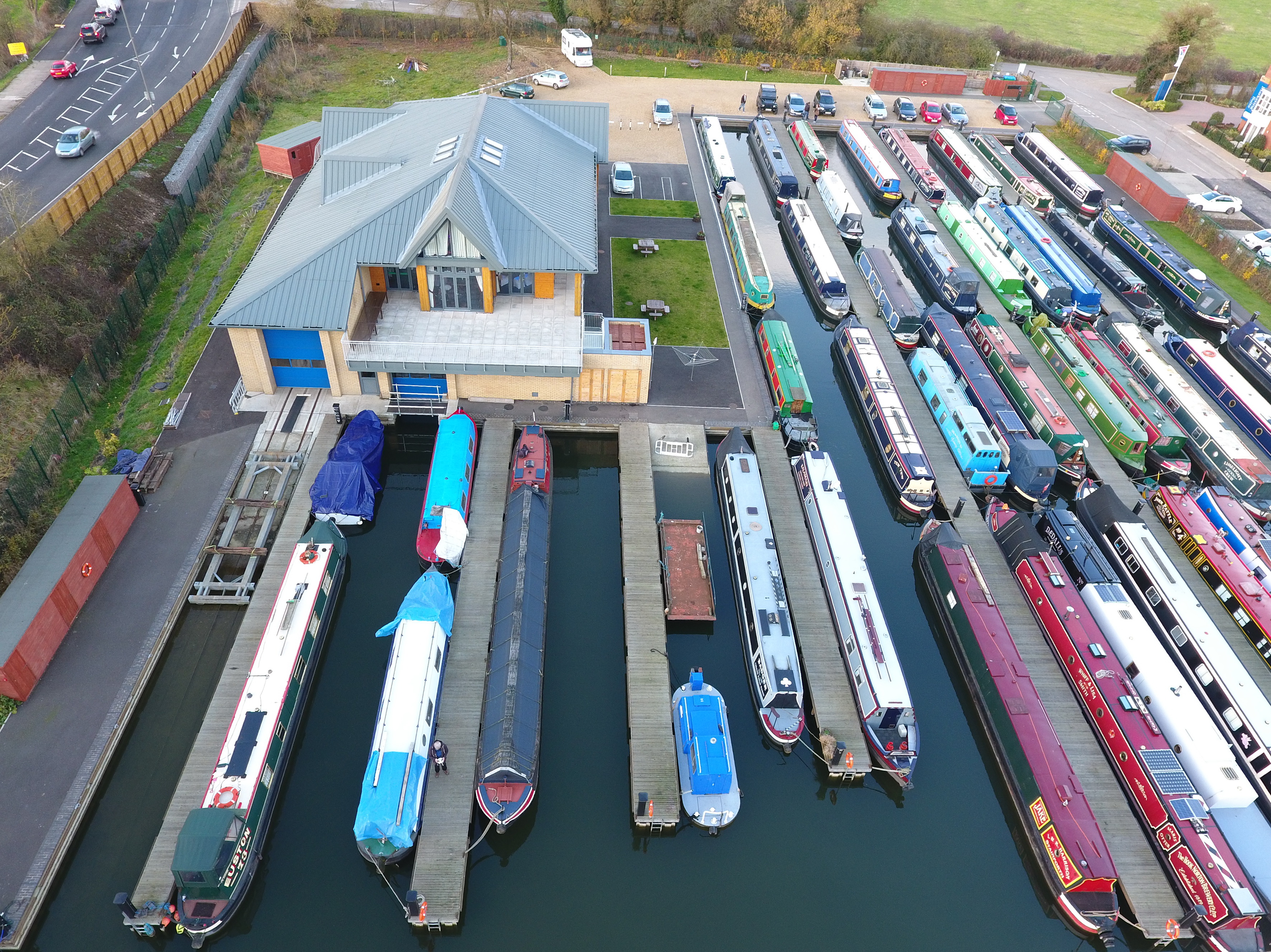Aylesbury and waterways info

Circus Field Aerial Photos
Ariel shots of Circue Fields, taken 26th November 2016
The Story of the Aylesbury Arm
In the late 1700s, as canals crisscrossed England and transformed trade, Aylesbury faced a choice: connect or be left behind
Laundrette List
Much acclaimed, much used, and continually updated over the last 40 years. Many boaters won’t boat without it
About The Aylesbury Arm
The Aylesbury Arm was opened in 1814 linking Aylesbury with the Grand Union Canal at Startop’s End (pronounced’ Starrups’) near Marsworth. Originally planned to carry onto the Thames at Abingdon, the new canal was to be known as the ‘Western Junction’ Unfortunately, so strong was the opposition from landowners that the route west of Aylesbury failed
The canal rises 94 feet 8 inches from Aylesbury to Marsworth, using a total of 16 locks.
Water was particularly precious to the canal company so the Aylesbury Arm was built with narrow locks to save water.
The canal buildings at the Aylesbury Basin were extensive, but have all gone now.
The canal carrying firm Harvey Taylor Ltd operated colourful narrow boats from Aylesbury for almost 100 years.
In its early years canal traffic was brisk in both directions, timber and building materials arriving in Aylesbury whilst agricultural produce, hay and livestock went out. Industry too was attracted and the Aylesbury Condensed Milk Company, now Nestles, was established in 1870 by bridge No 17. The canal survived as a commercial route through to the 1950s despite severe competition from the now dismantled Cheddington to Aylesbury railways.
Walkers can leave the canal at Bridge No 14 and join the Bierton circular walk. Features of the walk include low-lying pasture, a 500 year old public house, and village pump and well. An alternative circular walk can be joined by crossing bridge No 13. This is a Skew bridge characterised by diagonal brickwork.
The walk returns to the canal at bridge No 8. The canal is not wide enough for traditional (72 ft) narrow boats to turn round except at special turning points. Boatmen used the wind to help push the boats around, hence these were called ‘winding holes’. The only one on the Aylesbury Arm is below bridge No 9, conveniently next to the former coal wharf. Empty boats could thereby avoid the long trip to Aylesbury simply to turnaround.
The locks immediately adjoining the main line canal form an unusual staircase. The bottom gates of one lock are also the top gates of the next. Built to help the canal go down steeper land, this arrangement keeps boaters on their toes.
The Aylesbury Arm was threatened in the mid – 1960s with closure through neglect. The Aylesbury Canal Society was formed and working with British Waterways has encouraged the active use of the canal and the Aylesbury Basin, thus assuring a steady future for this gentle waterway.
The present canal and its adjacent countryside offer a variety of habitats for wildlife including meadows, pasture, arable fields, trees hedgerows, waterside vegetation, streams and the almost still water of the canal itself.









